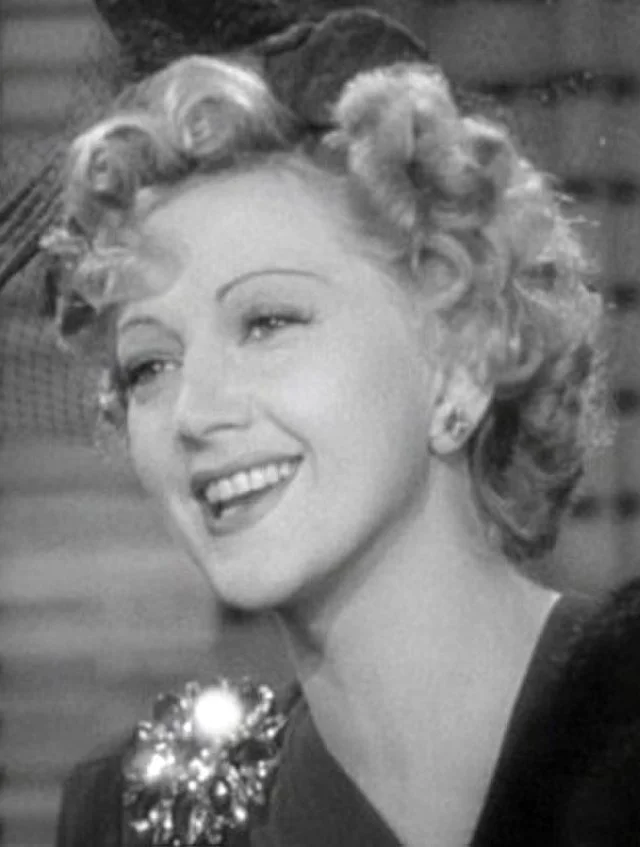Best Acting Teachers: Shaping the Craft of Performance
Acting has been profoundly influenced by brilliant teachers who have developed methods to unlock the emotional, physical, and vocal potential of performers. These educators have shaped the acting landscape, and their teachings continue to inspire actors around the world. Below is a curated list of some of the most significant acting teachers in history, along with insights into their contributions.
Konstantin Stanislavski
The pioneer of modern acting, Stanislavski developed the "System," a groundbreaking method emphasizing emotional truth, character objectives, and psychological realism. His work laid the foundation for nearly all contemporary acting techniques and continues to be studied and adapted worldwide. His influence is evident in both theatre and film acting. Discover more about Stanislavski's groundbreaking methods by reading our summary of his influential book, An Actor Prepares, a cornerstone of modern acting theory.
Lee Strasberg
Known as the father of Method Acting in the United States, Strasberg’s focus on emotional recall and sensory memory transformed how actors access their emotional truth. His techniques have been a cornerstone of film and theatre training, influencing some of the greatest actors of the 20th century.
Stella Adler
Adler emphasized imagination and a deep connection to the text over personal experience. Her teachings encouraged actors to engage with their characters through analysis and creativity, creating performances rooted in truth and artistry. Her legacy lives on in the Stella Adler Studio of Acting.
Sanford Meisner
Creator of the Meisner Technique, Sanford Meisner’s approach prioritizes spontaneity and truthful reactions. Through repetition exercises and detailed scene work, Meisner helped actors develop their instincts and connect authentically to their scene partners and circumstances.
Uta Hagen
Hagen revolutionized actor training with her emphasis on authenticity and emotional connection. Her object exercises and “Nine Questions” remain central tools for actors to deepen their understanding of characters and scenes. Her books, Respect for Acting and A Challenge for the Actor, are must-reads for aspiring performers.
Michael Chekhov
Chekhov’s psycho-physical approach bridges the gap between the mind and body, focusing on imagination, physicality, and emotional freedom. His “psychological gestures” help actors unlock creative potential and embody their characters fully, offering a dynamic and intuitive method.
Viola Spolin
The mother of improvisation, Spolin developed games and exercises that encourage creativity, spontaneity, and collaboration. Her techniques revolutionized actor training and continue to be a staple in improv theatre and ensemble building.
Cicely Berry
As the voice director for the Royal Shakespeare Company, Berry developed techniques to help actors unlock the power of language. Her emphasis on vocal freedom and textual clarity has made her teachings invaluable for actors tackling classical texts like Shakespeare.
Kristin Linklater
Linklater’s Freeing the Natural Voice method connects actors’ voices to their emotional and physical core. Her work empowers performers to express themselves authentically, making her approach transformative for both classical and contemporary acting.
Patsy Rodenberg
One of the world’s most respected voice coaches, Patsy Rodenberg focuses on presence, breath, and vocal connection. Her “Three Circles of Energy” method teaches actors how to command attention and connect authentically with others. Her teachings have influenced some of the most iconic actors of our time.
David Mamet and William H. Macy
Co-creators of the Practical Aesthetics technique, Mamet and Macy developed a pragmatic approach to acting that breaks down scenes into clear, actionable components. Their method is especially effective for actors looking to prepare efficiently and truthfully.
Anne Bogart
A pioneer of the Viewpoints method, Bogart’s work focuses on movement, space, and collaboration. Her teachings encourage actors to create physically dynamic performances, fostering strong ensemble work and innovative storytelling.
Jerzy Grotowski
Grotowski’s “poor theatre” concept emphasized the actor’s physical and emotional connection to their craft over elaborate sets or costumes. His experimental techniques challenged actors to push their boundaries, creating raw and transformative performances.
Augusto Boal
Creator of the Theatre of the Oppressed, Boal used theatre as a tool for social change. His participatory exercises and improvisational techniques empower actors and non-actors alike to explore pressing social issues and drive collective action.














